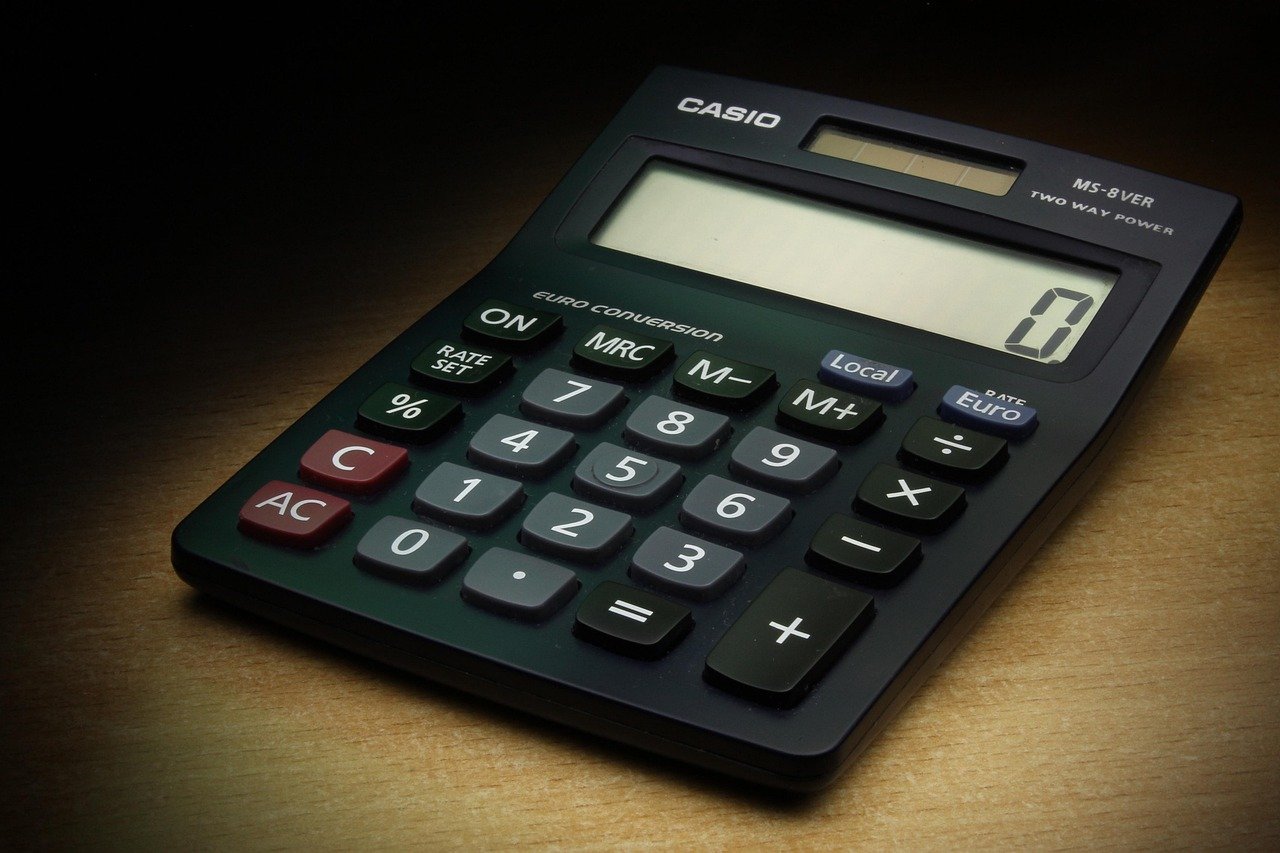1 Rep Max Workout Plan – Build Strength and Power Safely
If your goal is to build serious strength and improve your lifting performance, a 1 Rep Max Workout Plan is one of the best training approaches you can follow.Knowing your 1 Rep Max (1RM) helps you train at the right intensity, track progress, and push your limits safely. In this article, you’ll learn how to … Read more




